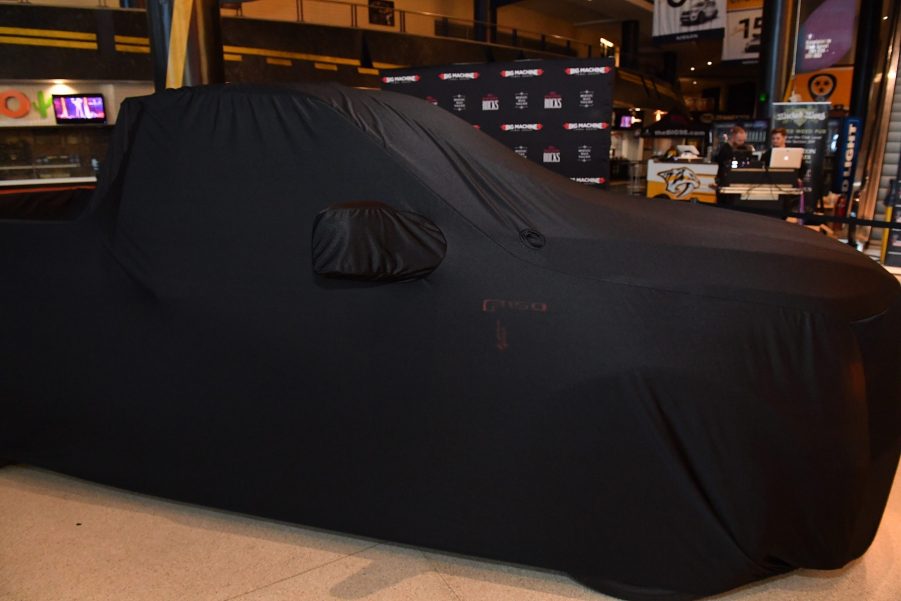
Why Are Unreleased Cars Wrapped in Camouflage, and How Does It Work?
Whenever a new model or redesigned car makes it to testing, there’s always that itch to get that first peek. It’s not uncommon to see cars in spy shots months before the vehicle makes its debut. Automakers know that people are eager to see the new cars, so they do their best to keep each one concealed.
Test drives are often scheduled at hidden or unassuming locations to keep nosy photographers away from the scene. The new car is also covered in black and white car camouflage so that no one can see its true appearance. How do these features work and why are they so effective?
Why car camouflage was invented
According to Autotrader, in the early days, test mules were concealed from prying eyes with large bags made from nylon or mesh. It worked for keeping the car’s design a secret, but it wasn’t very convenient for the test drivers. These bags often covered up the headlights and taillights, which you need to use if driving with low light.
It’s also hard to measure a car’s speed if it’s weighed down by heavy bags flapping in the wind. The extra weight can also hinder its braking performance. For these reasons, engineers developed a new kind of car camouflage to use instead.
Why the weird patterns?
A test mule’s bodywork is now usually covered with layers of plastic and foam. When it’s time to test the car’s aerodynamics, engineers peel these off and replace them with patterned vinyl wraps. Still, many are often confused as to why black and white swirls were chosen to adorn modern car camouflage wraps.
Engineers explain that this isn’t actually meant to keep the car out of sight. They determined that using this pattern was the best way to conceal a vehicle’s revealing body lines. Naturally, our eyes will follow the patterns of the wraps instead of what’s actually beneath them.
Dealing with persistent fans
This ingenious engineering usually doesn’t stop people from unmasking the car anyway. Sometimes automakers slip and release a new vehicle’s redesign too early. Even though the 2021 Nissan Frontier has remained under wraps, according to Motor1, some speculate that it was leaked in a South African advertisement.
The confusing car wrap designs also aren’t difficult for a camera lens to keep in focus. Spy photographers can then take these images and adjust the contrast with photo-editing software. Some photographers go one step further and create an image of the vehicle with 3D-modelling software.
To combat this, engineers have worked tirelessly to perfect car camouflage. In 2016, Ford introduced a new car wrapping pattern that looks more like the static on a television set. Unlike the conventional swirl pattern, it’s not as easy as the eyes, which will deter some less dedicated spy photographers.
Additionally, the pattern of this wrap is more complex and has layered graphics. This allows the car to stay out of focus on a camera. A skilled car render artist can still work with a blurry photo, but the end result won’t be nearly as accurate.
The most popular spy shots of cars
Most of the time, these new vehicles are safely hidden away in manufacturing facilities. However, once it’s on the road, photographers are most determined to get one particular shot. In an Autoblog interview, engineers stated that fans are most eager to get shots of the front of the vehicle.
This is also one of the most difficult parts of the vehicle to conceal because it houses the headlights. That’s part of the reason why cars now have forward-facing cameras for some safety functions. With these enabled, testers won’t have to worry about having their vision obscured while driving the camouflaged vehicle.



